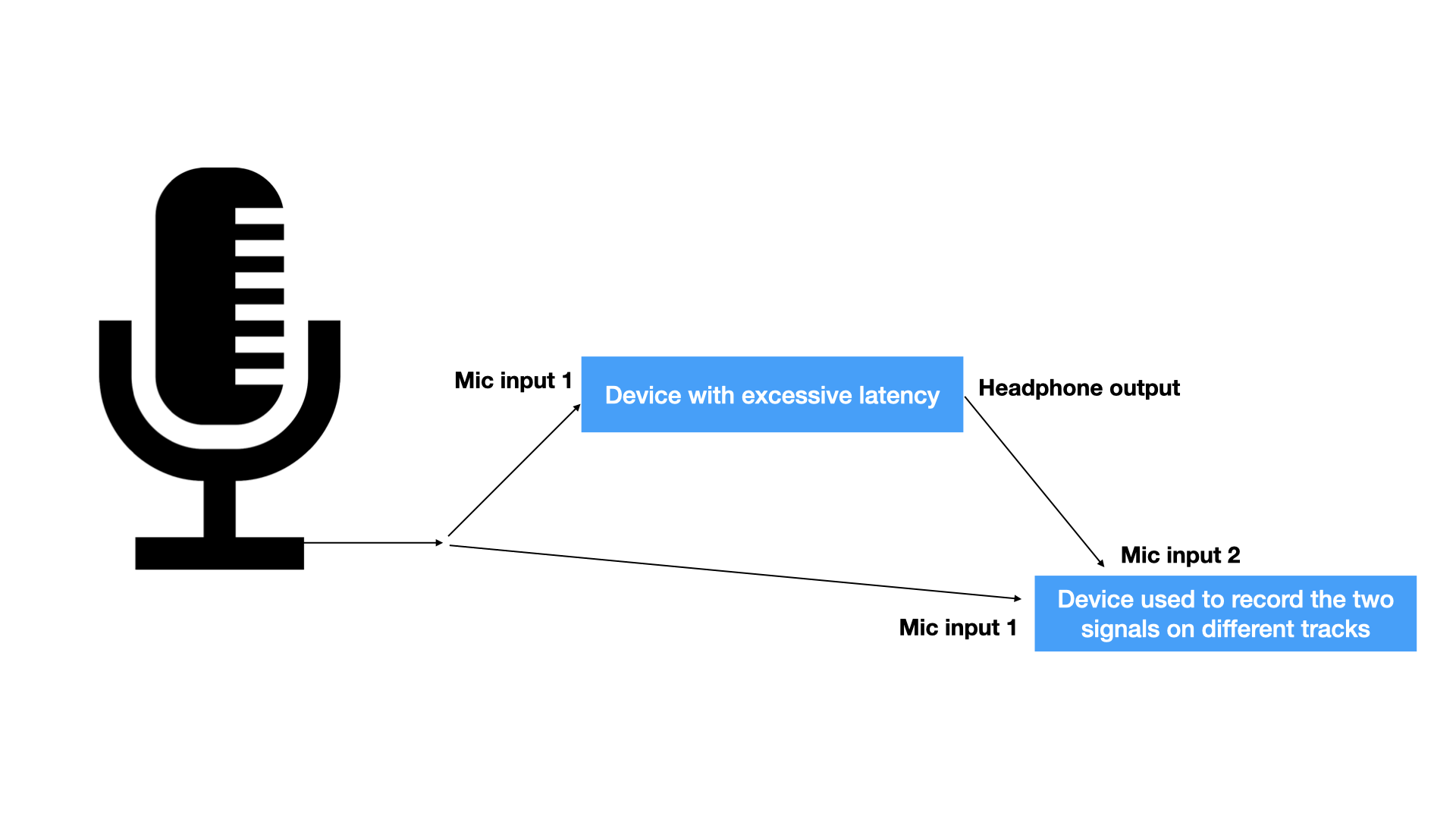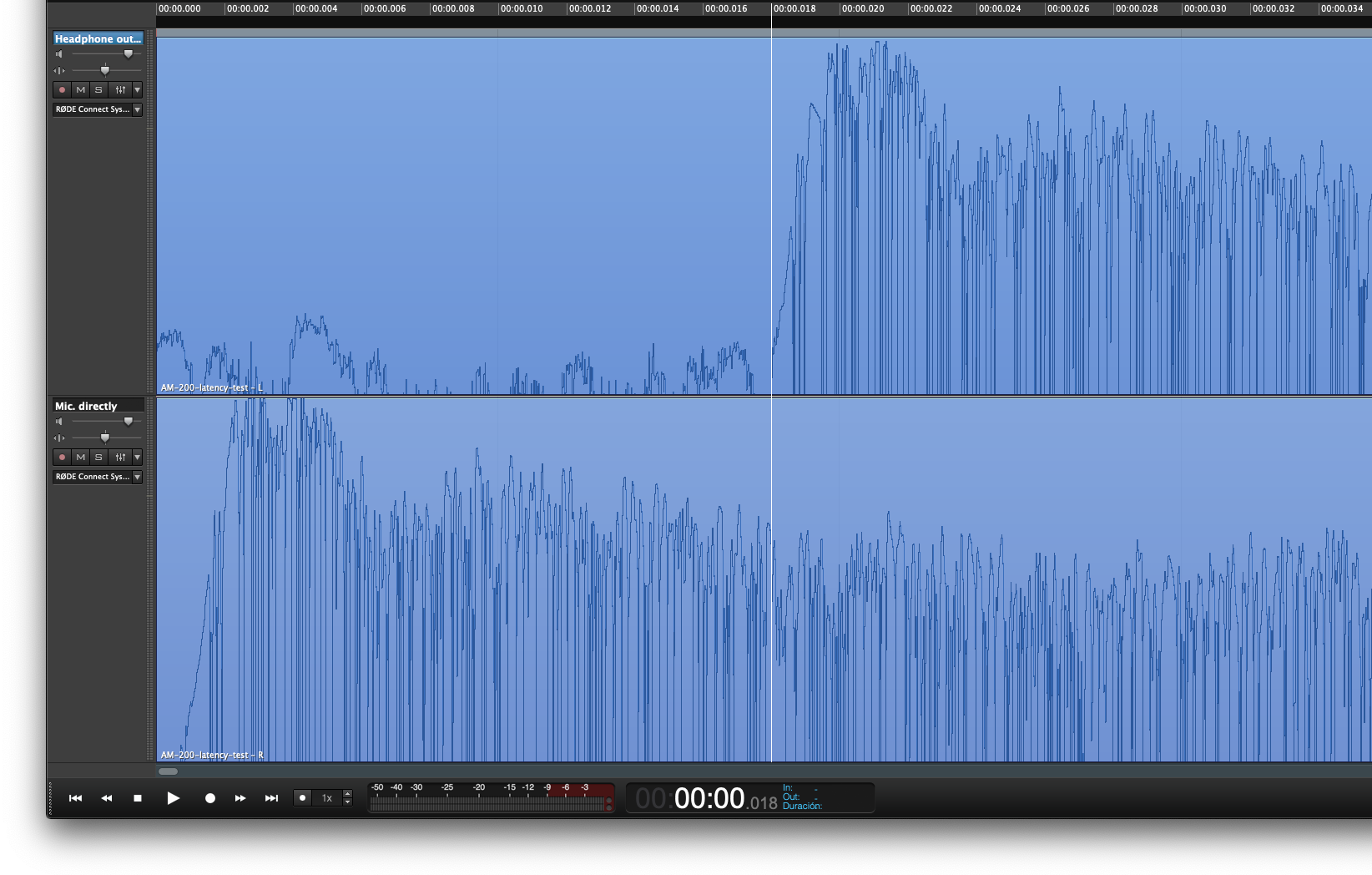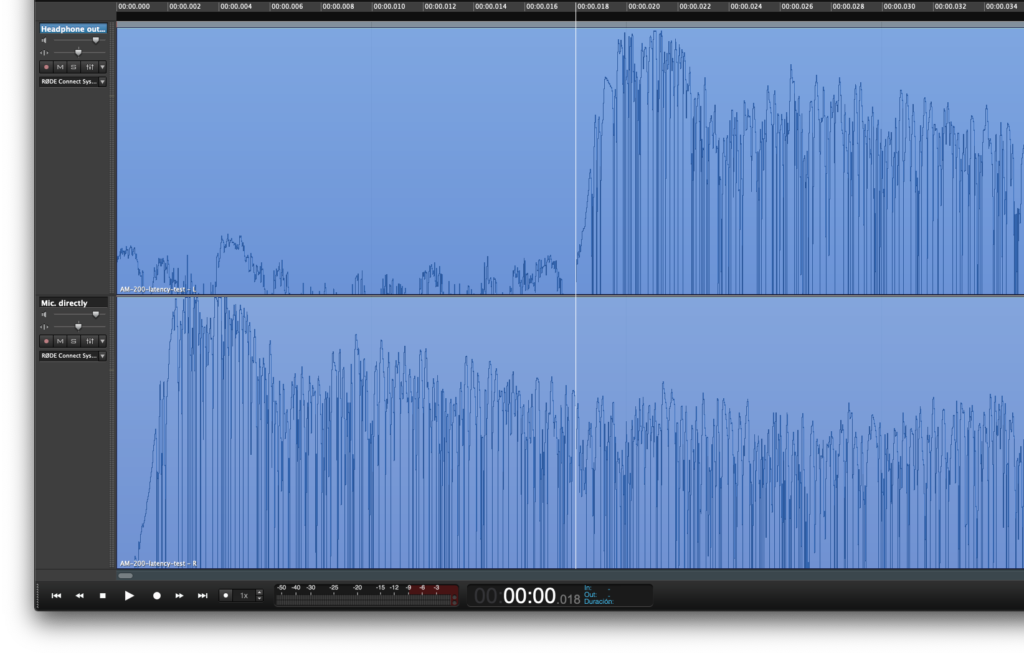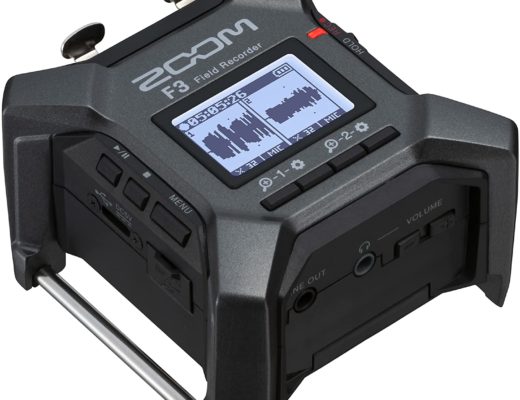In many workflow and review articles, I have discussed the benefits of “latency-free” monitoring when it comes to audio latency, so that the human operator/host can perceive no noticeable delay when monitoring her/himself for QC (quality control) and/or to hear other participants too. Most of the audio interfaces and some of the USB mics I have reviewed have a headphone jack for monitoring. Often these are called “latency-free monitoring” or “direct monitoring” by the manufacturer. This is possible thanks to a local circuit in the device which typically provides the signal without having to depend on software based monitoring on the host computer or device, which usually has annoying latency (delay). Some of the early USB mics I reviewed had no headphone output at all. Later, there was one which had an output but it was not direct and only offered what came from the host computer or device. Recently, I had a situation where an output called “direct” but had too much latency for comfort—and there was no host computer: It was in standalone mode. For the first time, I felt the need to measure and document how much latency there was in milliseconds. Ahead I’ll share my methodology to test and measure the delay, as well as the results of other researcher’s test about how much latency is tolerable by humans.
What’s in this article:
- Whats a millisecond?
- How I made the test recording
- How I measured the results
- How much latency becomes intolerable for human beings?
What’s a millisecond?
If you speak any of the following Romance languages (aka Latin or Neo-Latin languages), you already know that the first part of the word millisecond (mil—) means thousandth, not millionth.
- Castilian (the most widespread worldwide of all of the official Spanish languages)
- Catalán (another official language in Spain and the principal language in Andorra & Catalonia)
- French
- Galician (another official language in Spain and the mother tongue of Portuguese)
- Italian
- Occitan (another official language in Spain, but not exclusive to Spain)
- Portuguese
- Romanian
- Valencian (another official language in Spain)
So one (1) millisecond is one thousandth of a second, which may also be expressed as 0.001 of a second. Two milliseconds means two thousandth of a second and so on. This will be important to keep in mind ahead in this article, in the section called: How much latency becomes intolerable for human beings?
How I made the test recording
I took a single microphone and bridged it with a Y-cable so it simultaneously fed microphone input 1 of the device I was testing and to microphone 1 on the device I used to record.

Then I connected the headphone output of the device with the excessive latency to the input 2 of the device used to record the difference. After performing proper gan staging (i.e. set an ideal level input on the device being tested, set the headphone output volume to about 33% and then adjusted the two input levels to ideal), I started the recording and clapped once into the microphone. Then I exported the dual channel fake stereo WAV file.
How I measured the results
Here is how I measured the results:
- I imported the dual channel fake stereo WAV file into Hindenburg Pro (previously known as Hindenburg Journalist Pro).
- I selected the fake stereo track and went to the menu Tools>Separate Stereo. (If you use Hindenburg in Castilian, it will be Herramientas>Separar estéreo.)
- I expanded the timeline to see the maximum and observed that the difference has almost 18 ms (18 milliseconds) as you’ll see below:

In the above screenshot, you’ll see just after the counter showing 00:00 (minutes and seconds), just to the right is the amount in milliseconds.
You will see that the waveform on each track is identical, but one is delayed almost 18 milliseconds. I am glad that Hindenburg Pro shows the position to three decimal points, i.e. milliseconds.
How much latency becomes intolerable for human beings?
Al Keltz and his team at Whirlwind discovered in their test that listeners hear the latency (echo) after 10 or 15 milliseconds. The almost 18 milliseconds I measured is quite beyond that point.
(Re-)Subscribe for upcoming articles, reviews, radio shows, books and seminars/webinars
Stand by for upcoming articles, reviews, books and courses by subscribing to my bulletins.
In English:
- Email bulletins, bulletins.AllanTepper.com
- In Telegram, t.me/TecnoTurBulletins
- Twitter (bilingual), AllanLTepper
En castellano:
- Boletines por correo electrónico, boletines.AllanTepper.com
- En Telegram, t.me/boletinesdeAllan
- Twitter (bilingüe), AllanLTepper
Most of my current books are at books.AllanTepper.com, and also visit AllanTepper.com and radio.AllanTepper.com.
FTC disclosure
There is no commercial relationship between Allan Tépper and HP. Some of the manufacturers listed above have contracted Tépper and/or TecnoTur LLC to carry out consulting and/or translations/localizations/transcreations. Many of the manufacturers listed above have sent Allan Tépper review units. So far, none of the manufacturers listed above is/are sponsors of the TecnoTur, BeyondPodcasting, CapicúaFM , SpeakCastilian or TuSaludSecreta programs, although they are welcome to do so, and some are, may be (or may have been) sponsors of ProVideo Coalition magazine. Some links to third parties listed in this article and/or on this web page may indirectly benefit TecnoTur LLC via affiliate programs. Allan Tépper’s opinions are his own. Allan Tépper is not liable for misuse or misunderstanding of information he shares.

Filmtools
Filmmakers go-to destination for pre-production, production & post production equipment!
Shop Now













